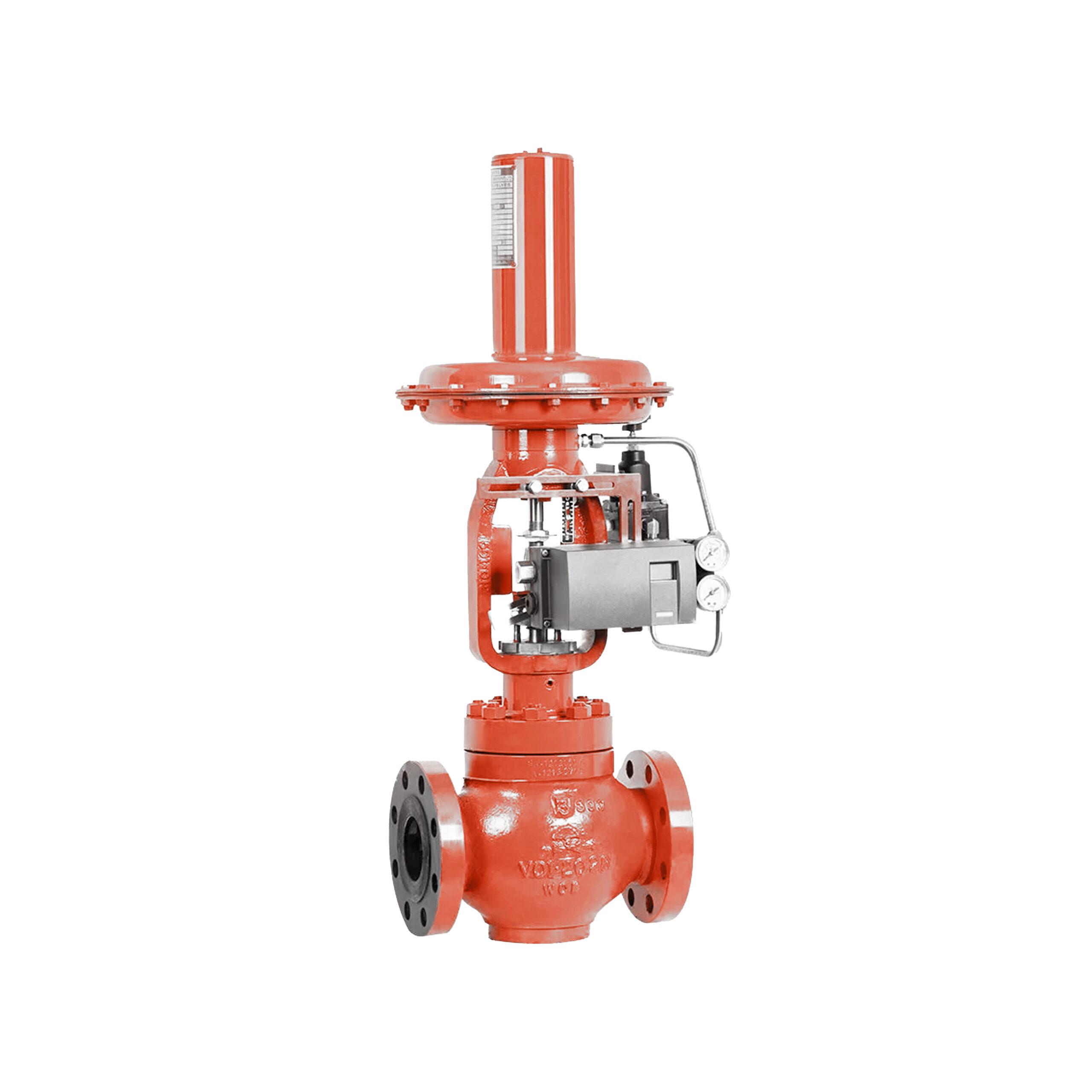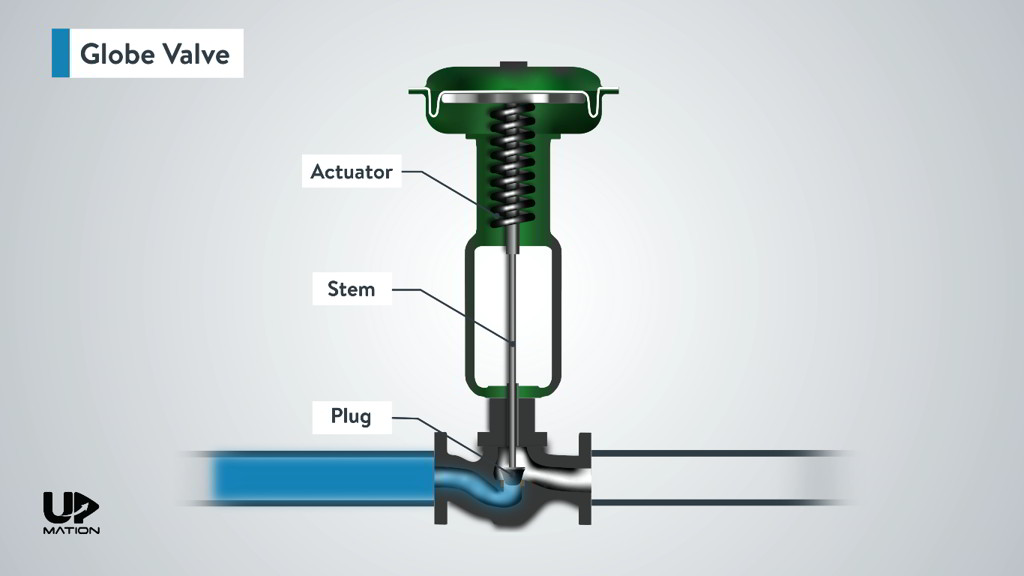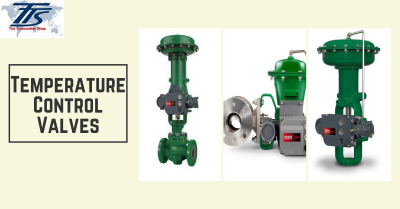Enhancing Operational Efficiency with Advanced Control Valves
Enhancing Operational Efficiency with Advanced Control Valves
Blog Article

Maximize Energy Financial Savings and Convenience With Advanced Structure Automation Controls
In the world of modern-day style and center management, the integration of advanced building automation controls stands as a pivotal improvement. The merging of modern technology and sustainability has actually birthed a new era where power performance, convenience optimization, and functional streamlining are no more attainable facts yet remote desires. By using the power of automation, structures can adjust, respond, and develop in methods that were once inconceivable. The possibility for substantial energy financial savings and enhanced convenience is not simply a promise yet a possibility waiting to be fulfilled. This standard shift in structure management holds the vital to opening a world where ecological conscientiousness and passenger health harmoniously coexist within the wall surfaces of our frameworks.
Power Efficiency Benefits
Energy efficiency benefits can significantly reduce energy intake and functional prices in structures. Energy-efficient systems, such as innovative structure automation controls, can enhance the use of resources like cooling, lights, and home heating, leading to reduced energy expenses over time.
In addition, boosted energy efficiency can lengthen the life expectancy of structure devices and systems. By operating extra successfully, heating and cooling systems, lighting fixtures, and various other building parts experience less deterioration, causing minimized maintenance and replacement expenses. Additionally, energy-efficient structures commonly regulate higher residential property values and rental prices, providing long-lasting financial advantages to owners.
Furthermore, power effectiveness can improve owner convenience and performance. Effectively managed indoor atmospheres with ideal lights and thermal problems develop a more pleasurable and favorable work area, resulting in enhanced staff member contentment and performance. Overall, the energy effectiveness advantages related to sophisticated building automation controls are complex, encompassing expense financial savings, ecological stewardship, and occupant well-being.
Improved Comfort Control
Enhancing convenience control in structure settings calls for an innovative integration of advanced automation systems for ideal owner well-being. By using innovative structure automation controls, facilities can tailor the indoor setting to meet the particular requirements and preferences of residents. These systems enable accurate policy of ventilation, temperature level, and lights, producing a efficient and comfortable atmosphere. Occupant contentment and productivity are very closely connected to thermal comfort, making it crucial to have systems in area that can adjust to changing problems in real-time.
By incorporating these sophisticated controls, structures can not only boost comfort yet also boost power efficiency by enhancing system procedures based on real tenancy and usage patterns. Eventually, focusing on owner comfort through sophisticated automation systems leads to an extra enjoyable and healthier interior setting.
Operational Performance Improvements

Furthermore, the execution of real-time monitoring and analytics devices enables building operators to recognize energy ineffectiveness and operational abnormalities immediately. By continuously keeping track of power usage patterns and system efficiency metrics, modifications can be made in real-time to optimize power consumption and make certain peak functional effectiveness. control valves. Additionally, including need feedback approaches right into building automation controls can even more improve operational efficiency by dynamically readjusting energy usage based upon grid conditions and prices signals
Indoor Climate Optimization
Effective interior climate optimization is a basic aspect of building automation controls, ensuring passengers' convenience and well-being while making best use of energy financial savings. By using innovative sensing units and controls, constructing automation systems can continuously visit site readjust and check temperature, moisture degrees, air top quality, and air flow to develop an optimal indoor setting. Maintaining comfortable and constant conditions not just boosts resident complete satisfaction yet also improves performance and general health.
Interior environment optimization additionally plays a critical role in energy performance. By fine-tuning home heating, air flow, and air conditioning systems based on real-time data and occupancy patterns, building automation controls can substantially decrease power intake - control valves. For instance, executing methods such as demand-controlled air flow and thermal zoning can help minimize energy waste while making sure that each location of the structure gets the required conditioning.

Lasting Setting Creation
Building automation controls not just enhance indoor environment problems for energy efficiency and owner comfort yet likewise lay the foundation for developing a sustainable setting with tactical monitoring of resources and systems. By integrating advanced structure automation innovations, such as sensing units, actuators, and intelligent software, centers can change and check energy usage in real-time to lessen waste and minimize their carbon footprint. These systems enable predictive upkeep, recognizing potential problems prior to they escalate and enhancing tools performance to improve long life and efficiency.
Furthermore, lasting environment production extends beyond power administration to encompass water conservation, waste reduction, and indoor air top quality enhancement. Structure automation controls can regulate water use, spot leakages, and make certain proper waste disposal methods, adding to overall sustainability efforts. In addition, by regulating and monitoring air flow and purification systems, these innovations improve owner health and productivity while reducing power intake associated with a/c procedures.
Conclusion
Finally, progressed structure automation Full Article regulates deal substantial advantages in regards to power savings, convenience control, operational efficiency, indoor environment optimization, and producing a sustainable atmosphere. By executing these controls, buildings can attain optimum efficiency while minimizing energy consumption and boosting passenger comfort. It is evident that using innovative automation modern technology is vital in improving building efficiency and producing a more lasting future.
Energy efficiency advantages can dramatically minimize power intake and operational prices in structures. Overall, the power efficiency advantages associated with innovative building automation controls are complex, including price savings, ecological stewardship, and resident health.
In addition, incorporating demand action approaches right into building automation controls can even more boost functional effectiveness by dynamically readjusting power usage based on grid the original source conditions and pricing signals.
Building automation manages not just maximize interior environment problems for power efficiency and resident comfort however additionally lay the structure for developing a lasting setting via critical monitoring of sources and systems.In final thought, advanced building automation controls offer significant advantages in terms of energy cost savings, comfort control, functional performance, interior climate optimization, and creating a lasting atmosphere.
Report this page